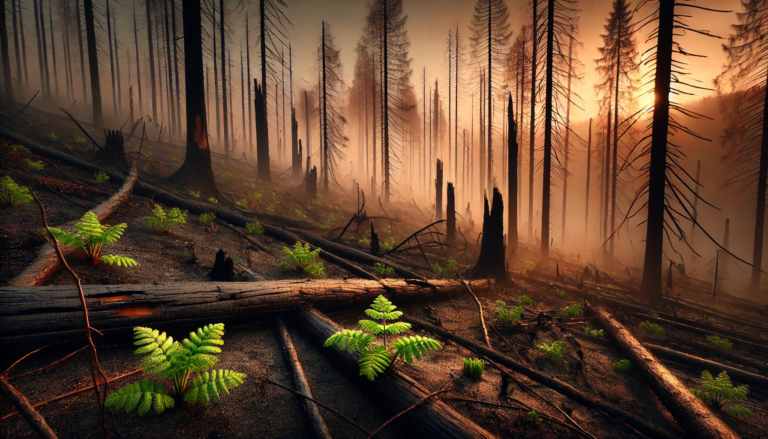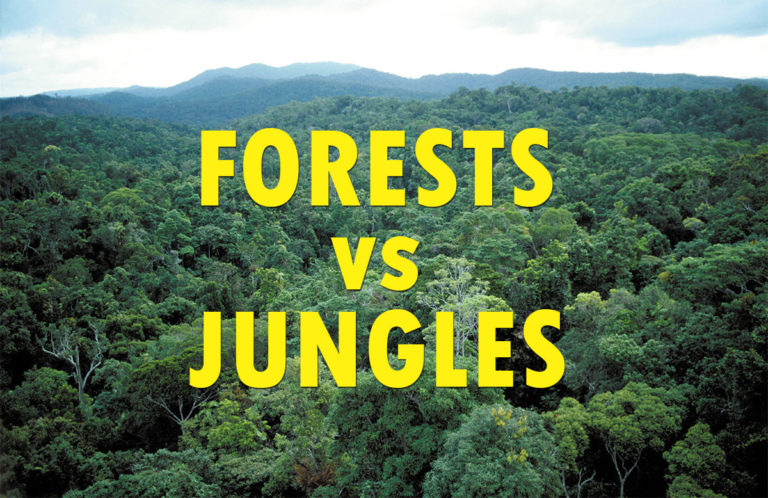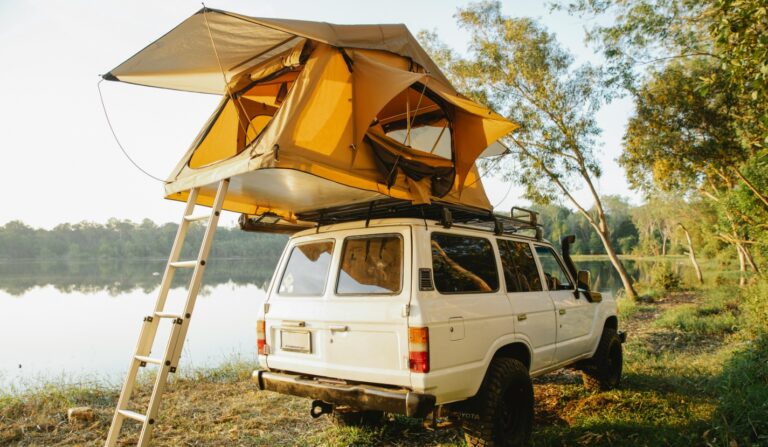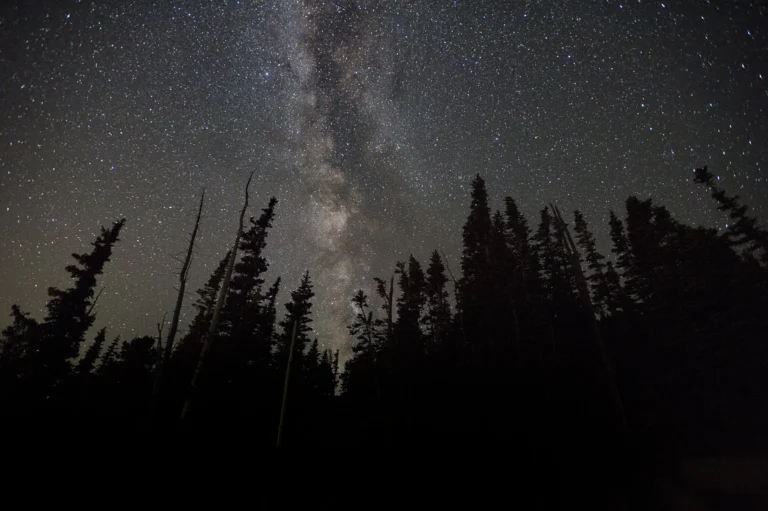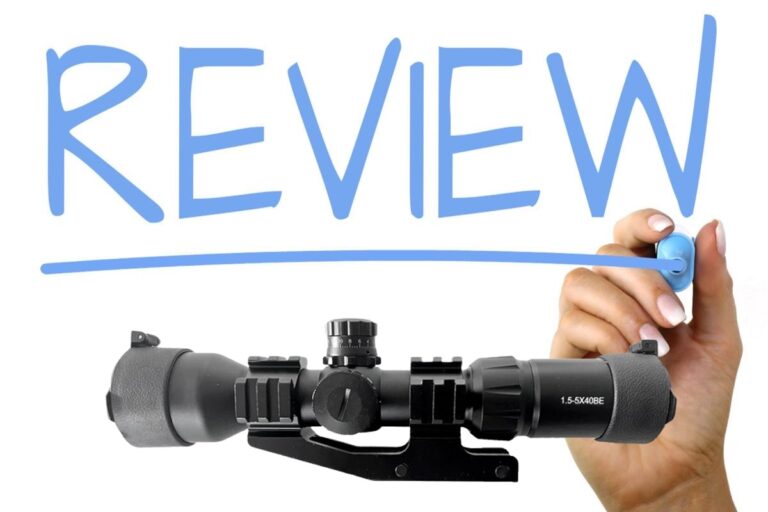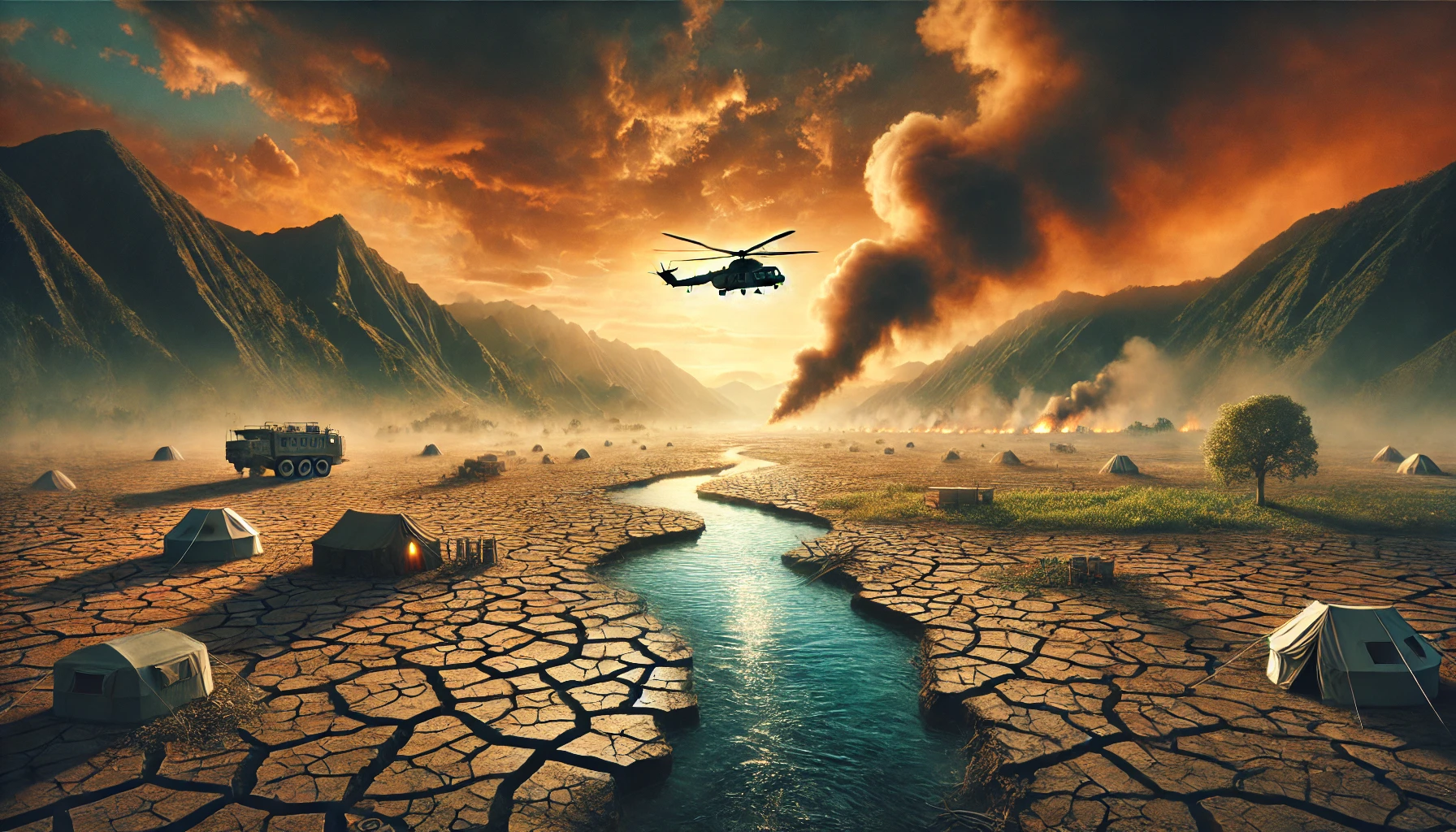
I’ve seen storms roll in over alpine lakes, dry creek beds where trout used to dart through the shadows, and fire-scarred landscapes where elk once grazed. Nature tells its own story if you know how to listen. Lately, that story’s been growing more urgent—and it’s not just about disappearing trails or vanishing species. It’s about security. National and global.
Let’s talk about climate security. Because the risks we face go far beyond rising temperatures and melting glaciers. We’re now staring down a future where climate change could ignite resource wars, displace millions, and destabilize entire regions.
When Water Becomes a Weapon
Years ago, I camped along the banks of the Colorado River. It was low that season, but still flowing. Today, the river’s reservoirs are at historic lows. And the consequences stretch far beyond recreation. Shrinking water supplies, especially in arid and semi-arid regions, are pushing already tense borders closer to conflict.
Droughts are no longer just seasonal setbacks—they’re strategic threats. When farms go dry, cities thirst, and food production stumbles, nations begin to eye their neighbors’ resources. In some cases, water becomes a weapon. That’s not science fiction. That’s the reality of climate change risks reshaping security strategy across the globe.
Climate Change Doesn’t Respect Borders
A dust bowl isn’t just a farming crisis—it’s a trigger. As the planet warms, once-fertile lands are turning into parched wastelands. Some of the world’s breadbaskets—places like the Sahel, parts of Southeast Asia, and even the American Midwest—are seeing more frequent climate shocks. That means less food, more instability, and a higher chance of violence.
Landlocked nations are especially vulnerable. Without access to coastal trade routes or maritime resources, they rely even more heavily on stable, cooperative relationships with neighbors. When crops fail and imports dwindle, these nations can quickly spiral into crisis. Climate security, in these contexts, becomes national survival.
Displacement, Desperation, and Defense
I once hiked along a border zone patrolled by guards, not far from a refugee crossing. The people there weren’t fleeing war—they were fleeing famine. Their crops had failed three years in a row. The nearby lake, once a regional lifeline, had nearly disappeared.
This is how climate change creates global security threats: not just through natural disasters, but through the human consequences that follow. We’re seeing increased migration due to rising seas, vanishing water sources, and destroyed ecosystems. These shifts create pressure points—on borders, in politics, and within communities ill-equipped to absorb rapid change.
A New Era of Security Risks
The Pentagon has called climate change a “threat multiplier.” That’s not just rhetoric. When you combine environmental stress with existing political instability, you’ve got the perfect storm. Civil wars, insurgencies, and terrorist recruitment all find fertile ground in desperation. Climate change doesn’t cause these problems—but it sure does pour gasoline on them.
Imagine what happens when several of the world’s breadbaskets falter at the same time. Grain exports dry up. Prices spike. Protests turn into revolutions. This isn’t doomsday fantasy—it’s a real possibility, and world leaders are beginning to take notice.
What the Wild Has Taught Me
Out in the wild, you learn that everything is connected. A dry season one year means fewer berries for bears, which leads to more human encounters the next. It’s a chain reaction. The same principle applies on a global scale.
That’s why we need to treat climate change not just as an environmental issue, but as a top-tier security risk. It affects everything: food systems, migration patterns, infrastructure, and international peace. As someone who’s seen the land change year by year, I can tell you—we can’t afford to wait.
Where Do We Go From Here?
We start by listening. To scientists. To indigenous voices. To those on the frontlines of climate migration. And yes, even to the mountains, forests, and rivers that are quietly sounding the alarm.
The path forward involves policy shifts, international cooperation, and serious investments in resilience. It also requires something more personal: a cultural change. One that recognizes our shared vulnerability and our shared responsibility.
Because the truth is, protecting nature isn’t just about saving the wild places I love to hike through. It’s about securing our future.

